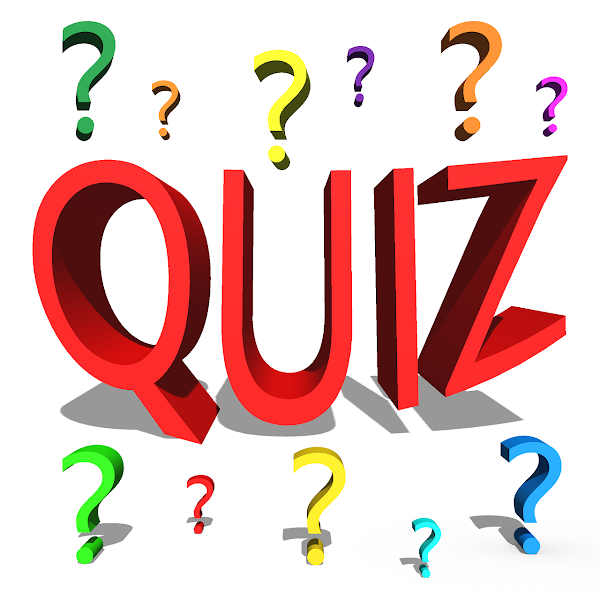9th Maths 7.2
NCERT Class 9th solution of Exercise 7.1
Exercise 7.2
Q1. In an isosceles triangle `ABC`, with `AB=AC`, the bisectors of `angleB` and `angleC` intersect each other at `O`. Join `A` to `O`. Show that :
i) `OB=OC` ii) `AO` bisects `angleA`
i) In `triangleABC`m
`AB=AC` [Given]
`angleABC=angleACB` [Angles opposite to equal sides]
`angleOBC=angleOCB` [`OB` and `OC` bisect `angleB` and `angleC`]
`OB=OC` [Sides opposite to equal angles]
Proved.
ii) In `triangleAOB` and `triangleAOC`
`AB=AC` [Given]
`OB=OC` [Proved in (i)]
`OA=OA` [Common]
`triangleAOB=triangleAOC` [By `SSS` rule]
`angleOAB=angleOAC` [CPCT]
So that, `OA` bisect `angleA`.
Proved.
Q2. In `triangleABC`, `AD` is the perpendicular bisector of `BC` (see figure). Show that `triangleABC` is an isosceles triangle in which `AB=AC`.
In `triangleADB` and `triangleADC`
`AD=AD` [Common]
`angleADB=angleADC=90^circ` [Given `AD⊥BC`]
`BD=CD` [Given `AD` bisect `BC` at `D`]
`triangleADBcongtriangleADC` [By `SAS` rule]
`AB=AC` [CPCT]
Proved.
Q3. `ABC` is an isosceles triangle in which altitudes `BE` and `CF` are drawn to equal sides `AC` and `AB` respectively (see figure). Show that these altitudes are equal.
In `triangleABE` and `triangleACF`
`angleBAE=angleCAF` [Common]
`angleAEB=angleAFC=90^circ` [Given `BE⊥AC` and `CF⊥AB`]
`AB=AC` [Given]
`triangleABEcongtriangleACF` [By `A``A``S` rule]
`BE=CF` [CPCT]
So that, altitudes are equal.
Proved.
Q4. `ABC` is a triangle in which altitudes `BE` and `CF` to sides `AC` and `AB` are equal (see figure). Show that
i) `triangleABEcongtriangleACF`
ii) `AB=AC`, i.e. `ABC` is an isosceles triangle.
i) `triangleABE` and `ACF`
`angleBAE=angleCAF` [Common]
`angleBEA=angleCFA` [`BE⊥AC` and `CF⊥AB`]
`BE=CF` [Given]
`triangleABEcongtriangleACF` [By `A``A``S` rule]
ii) `triangleABEcongtriangleACF` [Proved in (i)]
`AB=AC` [CPCT]
So that,`ABC` is an isosceles triangle.
Proved.
Q5. `ABC` and `DBC` are two isosceles triangles on the same base `BC` (see figure). Show that `angleABC=angleACD`.
In an isosceles `triangleABC`
`AB=AC` [Given]
`angleCBA=angleBCA`_______(1)
[angles opposite to equal sides]
In an isosceles `triangleDBC`
`DB=DC` [Given]
`angleCBD=angleBCD`_______(2)
[angles opposite to equal sides]
We add equation (1) and (2)
`angleCBA+angleCBD=angleBCA+angleBCD`
`angleABD=angleACD`
Proved.
Q6. `triangleABC` is an isosceles triangle in which `AB=AC`. Side `BA` is produced to `D` such that `AD=AB` (see figure). Show that `angleBCD` is a right angle.
In `triangleABC`,
`AB=AC`
`angleABC=angleACB`________(1)
[Angles oppostie to equal sides]
`AB=AD` and `AB=AC` [Given]
`AD=AC`
`angleADC=angleACD`________(2)
[Angles opposite to equal sides]
We add equation (1) and (2)
`angleABC+angleADC=angleACB+angleACD`
`angleDBC+angleBDC=angleBCD`_____(3)
By angle sum property of `triangle`
`angleDBC+angleBDC+angleBCD=180^circ`
`angleBCD+angleBCD=180^circ`[from equation (3)]
`2angleBCD=180^circ`
`angleBDC=180^circ/2`
`angleBDC=90^circ`
So that `angleBDC` is a right angle.
Proved.
Q7. `ABC` is a right angled triangle in which `angleA=90^circ` and `AB=AC`. Find `angleB` and `angleC`.
Sol. :
`AB=AC` [Given]
`angleB=angleC`_______(1)
[Angles opposite to equal sides]
By angle sum property of `triangle`
`angleA+angleB+angleC=180^circ`
`90^circ+angleB+angleB=180^circ`
`2angleB=180^circ-90^circ`
`angleB=90^circ/2`
`angleB=45^circ`
So that,
Answer.
`angleB=angleC=45^circ`
Q8. Show that the angles of an equilateral triangle are `60^circ` each.
Sol. :
By angle sum property of `triangle`
`x^circ+x^circ+xcirc=180^circ`
`3x^circ=180^circ`
`x^circ=180^circ/3`
`x^circ=60^circ`
So that, angles of an equilateral triangle is equal to `60^circ` each.
Proved.











Comments